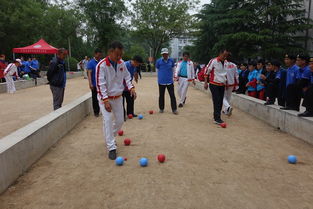As populations age globally, understanding the dynamics of sports and physical activities within the elderly community becomes increasingly crucial. The term "elderly sports ecology" encompasses a broad spectrum of elements, including physical health, social interaction, psychological wellbeing, and environmental factors, all of which intersect to shape the landscape of sports for older adults. Let's delve into the intricate web of this ecosystem and explore strategies to optimize it for the benefit of seniors.
Physical health is the cornerstone of elderly sports ecology. Regular exercise offers a myriad of benefits, such as maintaining cardiovascular health, improving flexibility, and reducing the risk of chronic diseases like diabetes and osteoporosis. Tailored exercise programs focusing on strength, balance, and endurance are particularly essential for elderly individuals to enhance their overall wellbeing and prolong independence.
Sports serve as a conduit for social interaction among the elderly, fostering a sense of belonging and camaraderie. Group activities like walking clubs, tai chi classes, or team sports not only provide physical benefits but also combat loneliness and isolation, prevalent issues among older adults. Creating inclusive environments where seniors feel valued and connected is paramount for nurturing a vibrant sports ecology.
The psychological dimension of elderly sports ecology cannot be overstated. Engaging in physical activities releases endorphins, neurotransmitters known for their moodboosting properties, thereby reducing stress, anxiety, and depression. Moreover, sports offer opportunities for personal growth, goal attainment, and a sense of accomplishment, bolstering selfesteem and mental resilience in older individuals.

Environmental considerations play a pivotal role in shaping the landscape of sports for the elderly. Accessible infrastructure, such as wellmaintained parks, walking trails, and seniorfriendly fitness facilities, promotes active lifestyles and encourages regular participation in physical activities. Additionally, safe and ageappropriate equipment, along with trained instructors knowledgeable about the needs of older adults, are essential components of an enabling environment.
In conclusion, understanding the intricate interplay of physical, social, psychological, and environmental factors is essential for nurturing a thriving sports ecosystem for the elderly. By adopting a holistic approach and implementing targeted strategies, we can create an inclusive and empowering environment that enables older adults to lead healthy, active, and fulfilling lives.